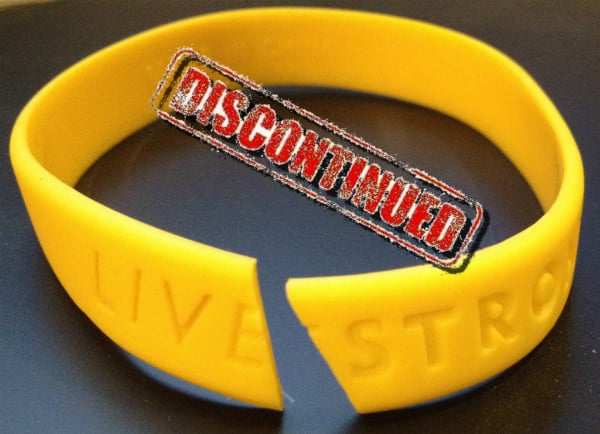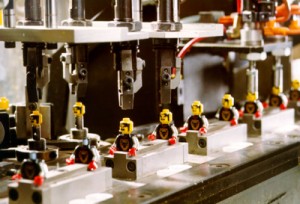
When discussing quality and the various factors and dimensions that contribute to quality, we cannot overlook Dimension 9: Perception. No matter how many of the dimensions of quality that a product or service may have, public/customer perception is inevitable and should be nurtured. It seems that the CEO of Abercrombie and Fitch, Mike Jefferies, may have forgotten this. In the year 2006, Mike Jefferies made very controversial (and exclusionary) comments about the brand’s target consumers. As stated by Jefferies…”In every school there are the cool and popular kids, and then there are the not-so-cool kids, “Candidly, we go after the cool kids. We go after the attractive all-American kid with a great attitude and a lot of friends. A lot of people don’t belong [in our clothes], and they can’t belong. Are we exclusionary? Absolutely.” The statement not only gives the perception that kids who do not wear or cannot fit the clothing are somewhat unworthy and not allowed to be in the “in crowd” but it is also hurtful.
Since the comments made by CEO, Mike Jefferies, surfaced, Abercrombie & Fitch has had to do some major damage control but for those customers who do not fit the mode of Abercrombie & Fitch or those who are simply against this exclusionary attitude, the damage is irreparable. The perception of quality for the brand Abercrombie will no doubt suffer. I have never been a consumer of Abercrombie & Fitch for personal fashion preferences but at this point, even considering this brand or recommending it to others will be a nonoccurrence. Look at that! … someone who did not necessarily have any hard feelings toward a brand now will not even consider recommending simply based of perception. A negative attitude toward a brand can form very quickly and this happens all of the time because a company does not take the time to consider how it actions will look in the eyes of consumers. I have no doubt that Abercrombie & Fitch sells clothes that comply with other Dimension of Quality- Reliability, Durability, Aesthetics, etc.…but if the brand is perceived as hurtful and exclusionary to anyone who does not fit the mode, purchasing or any recommendation for others to purchase will not even be considered.
As stated before, Abercrombie & Fitch has had to do some major damage control after the unapologetic comments that CEO, Mike Jefferies has made on behalf of the company; issuing a sincere apology to those who may have offended. The image of Abercrombie & Fitch itself should also be considered for revision. The images that the company releases for the purpose of advertising all portray a specific group of individuals, not leaving any room for interpretation. If Abercrombie changed that very influential aspect of the brand…things could change for the better, almost immediately.
What do you think about the comments made by CEO, Mike Jefferies?
Has something of this nature ever stopped you from supporting a company?
http://www.guardian.co.uk/commentisfree/2013/may/25/abercrombie-fitch-controversy-skinny-backlash


 Businesses try to implement various strategies such as differentiation, low price, and rapid response to stay ahead in competition and to attract more customers. But, when it comes to hospital industry, there is nothing much to do to increase profit other than improving internally such as adding new services, outsourcing some work, improve quality, increase profit margin etc. Most of the hospitals have successfully increase their revenue by charging higher amount to insurance holders and get away with it as not many people pay attention to it.
Businesses try to implement various strategies such as differentiation, low price, and rapid response to stay ahead in competition and to attract more customers. But, when it comes to hospital industry, there is nothing much to do to increase profit other than improving internally such as adding new services, outsourcing some work, improve quality, increase profit margin etc. Most of the hospitals have successfully increase their revenue by charging higher amount to insurance holders and get away with it as not many people pay attention to it.







